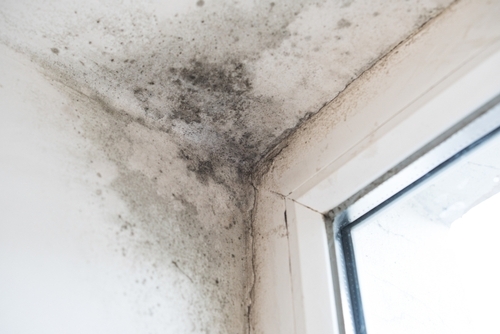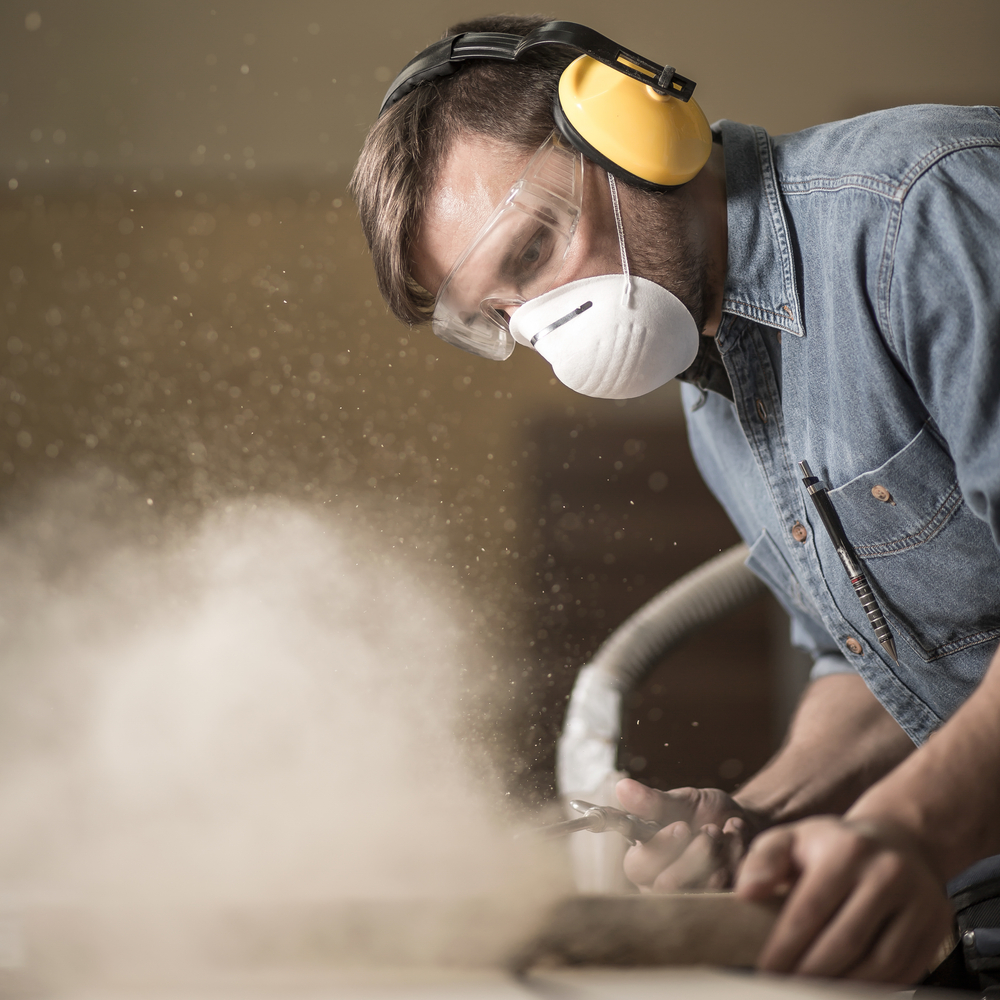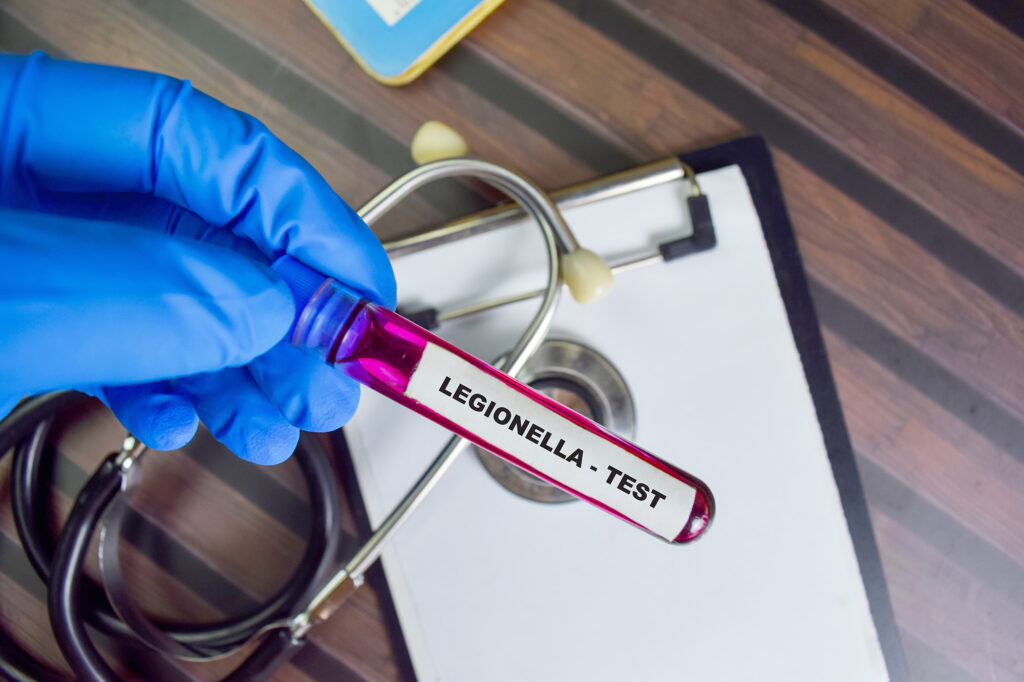There has been a rise in housing associations making contact about black mould. If you don’t read the news, you might not be aware of recent UK headlines surrounding toxic black mould. Sadly, this has led to the death of a child living in public housing.
An investigation found ‘widespread failings’ throughout a Northern based housing group when fungi was found in the lungs of the toddler after his death.
A national concern
Naturally, this has become headline news. The responsibility for the safety of public housing residents lies solely on housing associations. Furthermore, it is their legal duty to prioritise damp control and ventilation inspection to ensure that this case is not repeated.
Mould is a common problem throughout most homes in the UK. But what is black mould? How does it spread, and what steps do housing groups need to take in order to eradicate black mould before it becomes a bigger problem?
In this guide you can learn about overall responsibilities relating to hazardous substances and the effect that these can have on residents. And, more importantly – what to do about black mould.
What is black mould?
Essentially, black mould is a type of fungus that is the same black mould that grows on rotting fruits and vegetables. There are various types of black mould, a common one being Cladosporium. Cladosporium is a known allergen which can cause hay fever like symptoms like:
- Sneezing
- Runny Nose
- Red eyes
- Skin rashes
Mould can even trigger serious asthma attacks or other long-term lung problems. This is especially true in people with existing health conditions.
Yet despite these unwelcome symptoms, none are as bad as those as a result of the most toxic black mould.
Stachybotrys chartarum is much rarer but has the potential to cause a more severe problem. This ‘toxic black mould’ thrives in damp patches in wallpaper, gypsum and fibreboard. So, whilst any mould will overstay their welcome, toxic black mould needs to be investigated before any harm to human health is reported.
What this means for housing associations
Whilst maintaining proper ventilation to prevent mould growth should be down to the occupier of the property, black mould can quickly get out of hand. This means that acting on reports of black mould immediately. Housing associations need to ensure harm to health is kept to a minimum.
Subsequently, this means that housing associations need to obey regulation compliance around damp and ventilation, and at very least are obliged to investigate.
Managing black mould
As we’ve ascertained, mould is a common household problem. However, how do we determine which black mould is harmless, and which mould could be life threatening?
In short, one of the only ways to know for sure the type of mould you are dealing with is testing a sample of the mould. This coupled with regular air quality monitoring, would provide a belts and braces approach to managing black mould.
Now that black mould is on the radar for housing associations, we wanted to highlight the laws around this and offer some solutions.
Air quality monitoring
According to the HSE, specialist advice should be sought if black mould is suspected. This can mean acting immediately when residents report cases of black mould. Alternatively this can also include regular monitoring and long -term management to prevent mould.
This might be investing in the right ventilation for the premises, or dust control to stop spores getting into the air. Where air conditioning units are present, regular testing is critical in catching hazards before they become a health concern.
Indoor air quality monitoring can help identify airborne contaminants and help pinpoint anything that could be of concern. The emphasis needs to be on identifying hazardous substances that can cause ill-health before this leads to serious health problems or even death.
By testing the indoor air quality you can determine whether specific rooms are more hazardous to health. This allows you to take necessary steps to rectify the problem before it is a serious one. As per UK COSHH regulations, housing associations have a long term duty to safeguard the health of residents and to prove that they comply with UK regulations.
Next steps
Getting in touch with us has never been easier! Our team of experienced technicians are on hand to answer any questions you have about managing black mould. We can recommend next steps to ensure you achieve your legal compliance as required by the HSE.
Please contact us here . on 0845 004 2133 or send an enquiry to enquiries@safetyfirstgroup.co.uk with the subject line BLACK MOULD. We look forward to assisting you with your enquiry.














